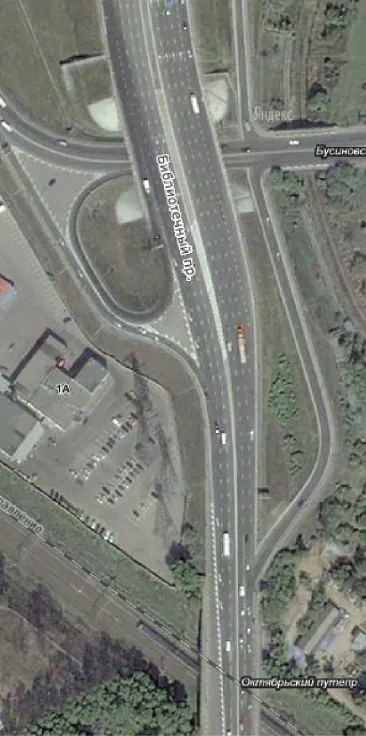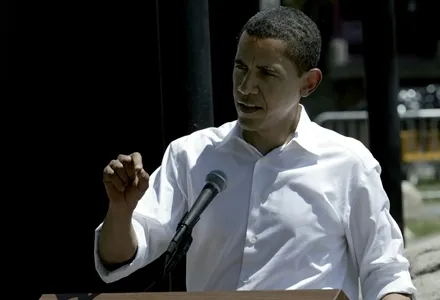A report by Goldman Sachs reveals Russia’s requirement for further infrastructure investment. The report, Russian Infrastructure and Construction, shows that investments in transport corresponded to 1.5-1.7% of GDP in 2005-2010. For Russia’s total infrastructure needs, including power networks and communications, spending equated to 3.7-4.3% of GDP. But the report shows Russia should allocate at least 3.5-4.5% of its GDP to infrastructure while maintenance of existing infrastructure should make up about 50%
May 18, 2012
Read time: 2 mins
A report by 3347 Goldman Sachs reveals Russia’s requirement for further infrastructure investment. The report, Russian Infrastructure and Construction, shows that investments in transport corresponded to 1.5-1.7% of GDP in 2005-2010. For Russia’s total infrastructure needs, including power networks and communications, spending equated to 3.7-4.3% of GDP. But the report shows Russia should allocate at least 3.5-4.5% of its GDP to infrastructure while maintenance of existing infrastructure should make up about 50%. Russia’s roads require the biggest investment. Spending on road construction has risen from US$8.31 billion in 2005 to $17.76 billion in 2011, however traffic volume is increasing at a faster pace. According to the report highways density totals 6km per 1,000 people and around 30% of roads are over-capacity. Goldman Sachs forecasts that new road funds will promote the relevant construction. Should funding sources meet plans then financing will amount to $25.9 billion in 2012, $36.7 billion in 2013, and 32.6 billion in 2014. Spending may hit some $58.66 billion by 2018.








